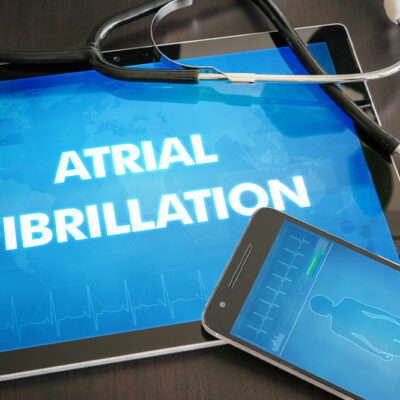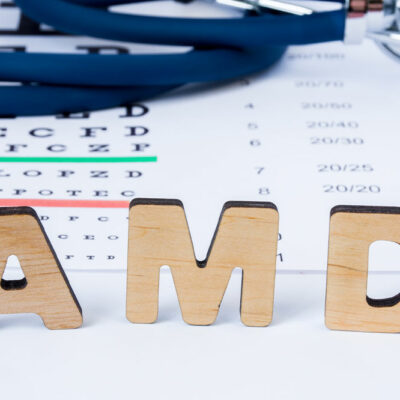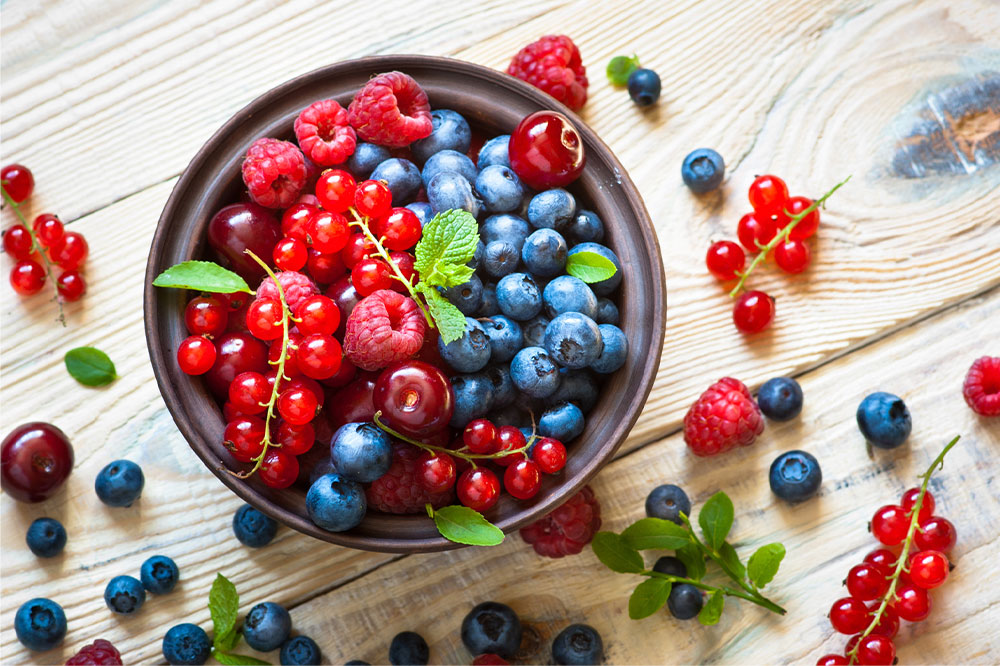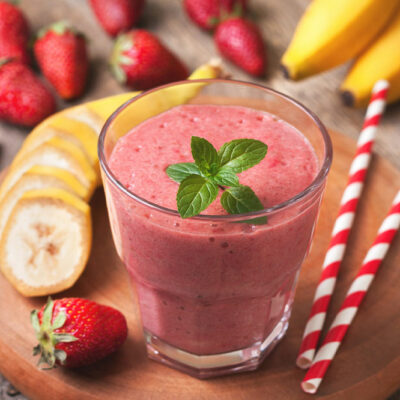Understanding blood clots – Signs and foods to eat

Blood clots, or thrombi, quietly pose a significant risk to human health. While the body’s coagulation system serves as a vital guardian against excessive bleeding, any disruption in its balance can tip the scales toward the formation of these potentially life-altering blood clots. This article discusses blood clots, exploring the signs and symptoms that should never be overlooked while also shedding light on the role of nutrition in preventing their formation.
Recognizing the signs of blood clots
Blood clots can manifest in various ways, and identifying their signs is crucial for timely intervention. Here are some symptoms that may indicate the presence of blood clots:
Localized pain
Pain in the area where a clot has formed is a common symptom. It can range from mild to severe, and it often intensifies when pressure is applied.
Skin discoloration
Blood clots can cause the skin over the affected area to turn pale or bluish. This discoloration is a result of reduced blood flow to the region.
Vein inflammation
In cases of deep vein thrombosis (DVT), where clots form in deep veins, affected limbs may become swollen, red, and warm to the touch. The swelling is often accompanied by a sense of heaviness in the limb.
Fever and sweating
Sometimes, the body’s response to a blood clot includes fever and excessive sweating. This may be accompanied by chills, particularly if an infection is associated with the clot.
Difficulty breathing
When a blood clot moves to the lungs, causing a pulmonary embolism, individuals may experience sudden and severe shortness of breath, rapid breathing, and chest pain, which can worsen with deep breaths.
Coughing blood
In cases of pulmonary embolism, coughing up blood or bloody sputum may occur. This is a critical sign and requires immediate medical attention.
Weakness or numbness
Blood clots in the arteries leading to the brain can result in symptoms such as weakness in the face, arm, or leg on one side of the body, along with slurred speech and numbness. This is indicative of a stroke, which necessitates immediate medical intervention.
Abdominal pain
Blood clots in the mesenteric arteries that supply the intestines can lead to severe abdominal pain, often accompanied by nausea and vomiting.
Fainting or loss of consciousness
In rare cases, blood clots can cause fainting or loss of consciousness. This can occur if a clot disrupts blood flow to the brain.
Unexplained swelling
Persistent and unexplained swelling in any part of the body should not be ignored, as it may be a sign of an underlying clotting issue.
Recognizing these symptoms is crucial for seeking prompt medical attention, as timely intervention can significantly affect the outcome when dealing with blood clots.
Foods to eat for managing blood clots
While food alone cannot completely prevent blood clots, certain nutritional choices can contribute to improving overall cardiovascular health and reducing the risk of clot formation.
Omega-3 fatty acids
Omega-3 fatty acids, found in trout, salmon, and mackerel, have anti-inflammatory properties and can help maintain blood vessel health. These healthy fats may reduce the risk of clot formation by promoting a more balanced inflammatory response in the body.
Garlic
Garlic is known for its potential blood-thinning properties and may help prevent blood clots by reducing platelet aggregation. Incorporating garlic into cooking can be a flavorful way to support cardiovascular health.
Turmeric
Turmeric contains curcumin, which has anti-inflammatory and antiplatelet effects. Adding turmeric to one’s meals or consuming it as a supplement may help reduce the risk of excessive blood clotting.
Ginger
Ginger is another spice with potential antiplatelet properties. It may help prevent blood clots by interfering with platelet aggregation. Enjoy ginger in teas, soups, or as a spice in various dishes.
Berries
Berries like raspberries, blueberries, and strawberries are rich in antioxidants called flavonoids, which have been associated with improved blood vessel function. Consuming a variety of berries can support heart health.
Nuts
Nuts, like walnuts and almonds, contain fiber, healthy fats, and antioxidants that can contribute to cardiovascular health. They are a nutritious snack option that can be part of a heart-healthy eating plan.
Leafy vegetables
Leafy vegetables like spinach, kale, and Swiss chard are excellent sources of vitamin K. While vitamin K is vital for blood clotting, it is also essential for bone health. It is important to maintain a balanced intake of vitamin K through a varied meal plan.
Citrus fruits
Lemons, grapefruits, and oranges are abundant in vitamin C. This nutrient helps to maintain healthy blood vessels. Vitamin C functions as an antioxidant, which can reduce the risk of blood clots by preventing oxidative damage to the walls of blood vessels.
Onions
Onions are not only a flavorful addition to many dishes but also contain compounds that may have antiplatelet properties. Quercetin, a flavonoid found in onions, could contribute to reduced blood clotting.
Water
It is important to stay hydrated to maintain proper blood viscosity, as dehydration can thicken the blood and increase clotting risk. Drinking enough water throughout the day can help ensure smooth blood flow.
Tomatoes
Tomatoes are rich in lycopene, which helps maintain blood vessel function. Cooking tomatoes can enhance lycopene absorption, making tomato-based sauces and dishes a healthy choice.
Incorporating certain foods into one’s meal plan can contribute to cardiovascular health and potentially reduce the risk of blood clot formation. However, it’s important to remember that a balanced nutritional plan is just one aspect of a heart-healthy lifestyle, which also includes regular physical activity and avoiding toxins. Individuals with certain medical conditions should consult a doctor before modifying their meal plan to ensure the changes are safe and appropriate for their health needs.
By recognizing the signs of blood clots and making heart-healthy nutritional choices, individuals can take important steps toward reducing their risk of this potentially life-threatening condition.








